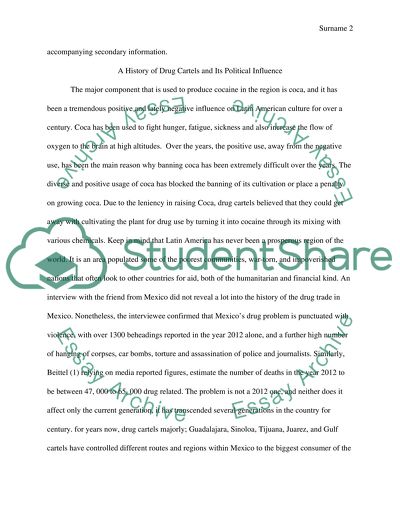Cite this document
(“Research Paper Essay Example | Topics and Well Written Essays - 2500 words - 3”, n.d.)
Retrieved from https://studentshare.org/english/1630052-research-paper
Retrieved from https://studentshare.org/english/1630052-research-paper
(Research Paper Essay Example | Topics and Well Written Essays - 2500 Words - 3)
https://studentshare.org/english/1630052-research-paper.
https://studentshare.org/english/1630052-research-paper.
“Research Paper Essay Example | Topics and Well Written Essays - 2500 Words - 3”, n.d. https://studentshare.org/english/1630052-research-paper.


